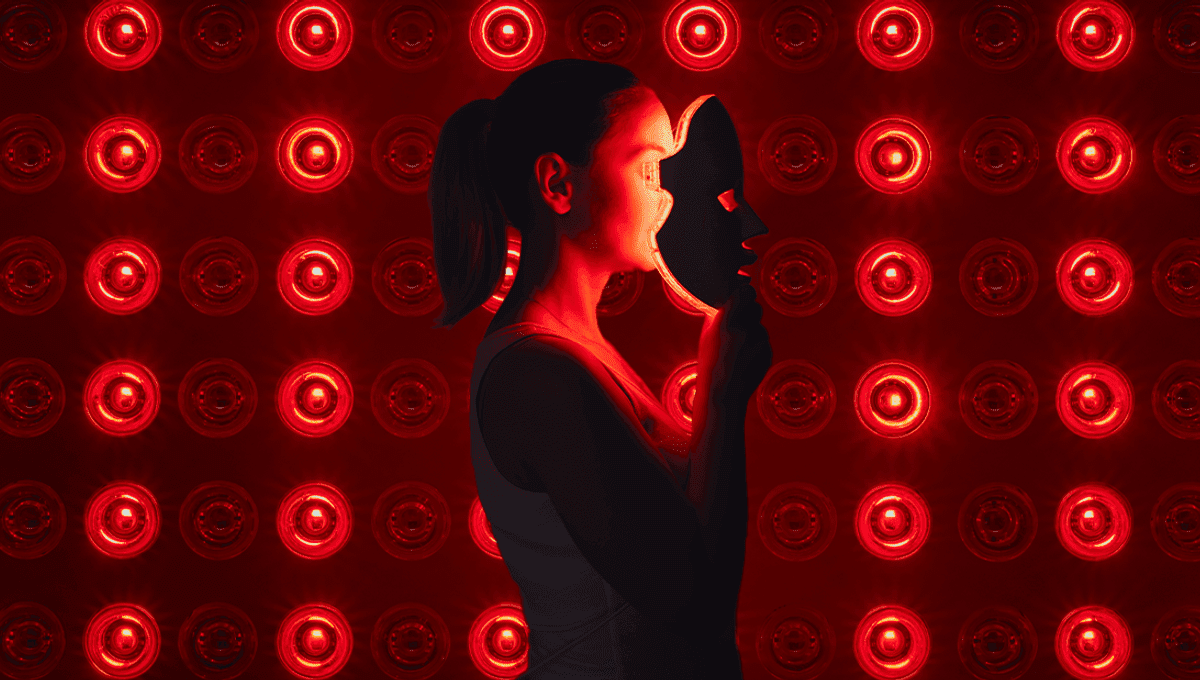
If you’ve ever spotted a beauty influencer sporting one of those somewhat eerie red light masks, you may have questioned their actual benefits for the skin. Is red light therapy truly the solution to our skin challenges, or does it merely create a comical appearance (or evoke thoughts of a horror film)?
Understanding Red Light Therapy
Red light therapy, also known as photobiomodulation, utilizes low-level lasers or light-emitting diodes (LEDs) to deliver therapeutic light. As the name suggests, this technique specifically employs red light. It is believed to influence light-sensitive molecules, such as cytochrome C oxidase found in mitochondria—often described as the "powerhouse of the cell." However, our understanding of the precise cellular impacts of red light therapy is still incomplete. Engaging one cellular pathway does not necessarily ensure the expected results in practice.
This therapy has gained traction as a method for muscle recovery and alleviating pain, but it is best recognized for addressing a variety of skin issues, including signs of aging, hair thinning, and scars, with a particular emphasis on acne in this discussion. Many individuals opt for red light therapy at a dermatologist’s office, while others use at-home devices like masks and handheld wands.
The Effectiveness of Red Light Therapy
To begin, it’s essential to note that certain at-home devices have received FDA clearance for use in treating wrinkles and inflammatory acne—most notably the somewhat unsettling red light masks. While FDA clearance suggests that these devices pose a low risk to consumers, it does not guarantee their effectiveness. Instead, manufacturers must demonstrate that their device is comparable to pre-existing cleared or approved products.
Photobiomodulation treatments can be performed by qualified professionals in clinical environments or via at-home devices, many of which utilize cost-effective LEDs that do not require advanced training in laser safety.
Red Light Therapy for Acne
A 2024 review indicates that there is a limited number of clinical trials specifically examining LED photobiomodulation’s effectiveness in treating acne (including blue light variations). The findings propose that the effectiveness of LED treatments for acne is moderate, particularly for inflammatory lesions, but may be best used alongside traditional therapies for those with moderate acne or those who do not qualify for medical treatments.
Moreover, a 2021 study assessed 13 randomized controlled trials involving 422 participants undergoing red light therapy for moderate to severe acne. The results showed no significant difference in the average number of acne lesions post-treatment compared to standard treatments.
Nevertheless, the authors stress that the variability in these studies—such as differing sample sizes and treatment durations—complicates the ability to draw firm conclusions. Thus, it’s prudent to interpret these findings with caution given the lack of high-quality analysis on red light therapy’s effectiveness for acne.
Red Light Therapy and Skin Aging
When it comes to combating signs of aging, the previously cited 2024 review of photobiomodulation studies highlighted some research that indicates a reduction in aging signs through various light wavelengths, including red, near-infrared, and amber light. However, the evidence isn’t strong enough to justify substantial investments in at-home masks.
Similar to acne research, studies on light therapy for skin aging reveal wide disparities in design, protocols, and participant sizes. Some studies have made bold assertions; for example, one published in 2023 suggested that using the Dior Skin Light—a red light mask co-developed with the LED technology firm Lucibel—resulted in significant anti-aging effects. Measurements included changes in crow’s feet depth, skin firmness, elasticity, and dermal density—crucial factors that diminish as we age.
Despite the promising results, a few issues arise, notably the small sample size of the study (with 15 out of 20 participants being women) and the potential conflict of interest given that authors had affiliations with the Lucibel Group.
Safety of Red Light Therapy
Whether or not red light therapy delivers on its claims, understanding its safety is crucial. According to the American Academy of Dermatology Association, the therapy appears to be safe for short-term use, though the long-term effects remain uncertain due to insufficient research.
Even with FDA-cleared devices, users may experience mild side effects such as skin irritation. A 2019 study indicated that some individuals with darker skin tones might be more prone to side effects. It is also important to recognize that certain skin conditions and medications can increase light sensitivity.
For these reasons, consulting a board-certified dermatologist before starting any form of photobiomodulation—be it through professional treatment or at-home devices—is advised. Since these therapies can involve significant costs, ensuring they are suitable for your specific skin type is a wise approach.
This article is not intended to replace professional medical advice, diagnosis, or treatment. Always consult qualified health providers for any questions regarding medical conditions.
All "explainer" articles are verified by fact-checkers at the time of publication. Content may be modified later to ensure information remains current.









